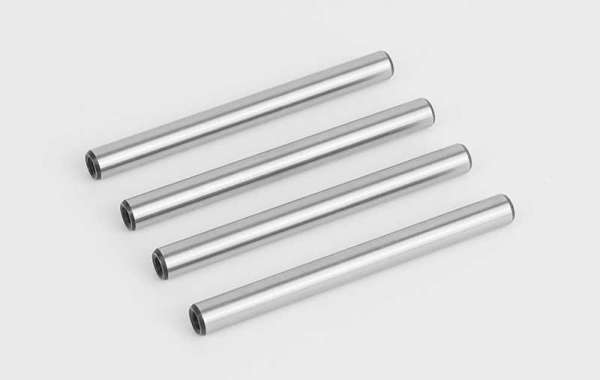The shaft is an important part of the motor, as the link of electromechanical energy conversion between the motor and the equipment, supporting the rotating parts, transmitting the torque and determining the relative position of the rotating parts to the stator. Therefore, the motor shaft must have reliable strength and rigidity to ensure the realization of the preset design function.
According to whether there are steps on the shaft classification. It can be divided into two types: optical axis and stepped axis. The optical shaft is often made of cold-drawn round steel, which can reduce the man-hours for machining the outer circle of the shaft, and is sometimes used in micro motors. Stepped shafts can be easily and reliably installed with many different parts. Therefore, most motors use this kind of shaft.
Stepped shafts can be divided into one-way stepped shafts (the diameter of the step decreases gradually from one end to the other end of the shaft) and two-way stepped shafts (the diameter of the stepped shaft gradually decreases from the middle of the shaft to both ends). Decrease).
Classified according to the manufacturing method of the shaft blank. It can be divided into round steel shafts (shafts made of hot-rolled round steel), forged shafts (shafts made of forgings) and welded shafts (shafts welded with radial ribs).
The shaft made of hot-rolled round steel is the most common shaft in small and medium-sized motors. The shaft material is usually high-quality carbon structural steel. For low-power motors, some use ordinary carbon steel. The diameter of the blank should be selected according to the maximum diameter of the shaft plus the machining allowance. Therefore, the cutting amount is relatively large.
For shafts with a diameter of more than 100 mm, forged shafts should be used. The forged steel has high mechanical strength, and the general shape of the stepped shaft is forged, which can save raw materials and cutting man-hours. For large shafts with high mechanical strength requirements, such as the shafts of turbo-generators, alloy steel forging is often used.
The welding shaft replaces the rotor bracket with radial ribs, which can increase the ventilation area of the rotor cavity. But when welding the ribs, it is easy to cause the deformation of the shaft, and it must be annealed after welding. Discontinuous cutting during machining on the machine tool is not good for the tool. Due to the existence of the weld, the fatigue strength of the shaft is significantly reduced, so it is not suitable for high-speed motors.
As a China shaft factory, Ningbo Shitai Precision Machinery Co., Ltd. provides customers with high-quality products and services. Welcome to visit our official website.








